Painting your living room may seem like a daunting task, especially if you're a beginner. But with the right techniques, you can create a beautiful and unique space that reflects your personal style. Here are some painting techniques for beginners to help you get started: Brush Techniques: One of the most common and basic painting techniques is using a paintbrush. To achieve a smooth and even finish, use long, light strokes and avoid pressing too hard on the brush. You can also experiment with different brush sizes and types to create different textures and patterns. Sponge Painting: This technique involves using a sponge to create a textured, mottled effect on your walls. Simply dip the sponge in your desired paint color and dab it onto the wall in a random pattern. You can also use multiple colors to create a more interesting effect. Roller Techniques: A roller is another popular tool for painting walls. To avoid roller marks, use a high-quality roller and apply the paint in a W shape, then fill in the gaps with horizontal strokes. This will help distribute the paint evenly and give you a smooth finish.1. Painting Techniques for Beginners
If you're feeling overwhelmed with all the painting ideas out there, here are some beginner-friendly ideas that can help you give your living room a fresh new look: Accent Wall: An accent wall is a great way to add a pop of color to your living room without committing to painting the entire room. Choose a bold color or a fun wallpaper design to make a statement and create a focal point in the room. Ombre Walls: Ombre walls are a popular trend in home decor, and they're surprisingly easy to achieve. Start with a lighter shade at the top of the wall and gradually mix in darker shades as you move down. Blend the colors together with a paintbrush or sponge for a seamless transition. Stripes: Stripes are a classic design element that can add a touch of sophistication to any living room. Use painter's tape to create clean and even stripes and experiment with different widths and colors to find the perfect look for your space.2. Beginner Painting Ideas for Living Room
If you're looking for some easy and low-maintenance painting ideas for your living room, here are a few options to consider: Neutral Colors: Neutral colors like beige, gray, and white are timeless and versatile, making them an excellent choice for your living room walls. They also make it easier to switch up your decor and add pops of color through accent pieces. Chalkboard Wall: A chalkboard wall is a fun and practical way to add some personality to your living room. You can use it to write inspirational quotes, create a to-do list, or let your kids unleash their creativity. Stenciled Design: Stenciling is a simple and affordable way to add a unique design to your walls. You can find a variety of stencils online or create your own using cardboard. Use a stencil brush and acrylic paint to create a beautiful and intricate design on your living room walls.3. Easy Living Room Painting Ideas
For those who are new to painting, it's important to choose colors and techniques that are beginner-friendly. Here are some tips to help you get started: Stick to One Color: Using one color for your walls can make the painting process much easier and less intimidating. You can then add visual interest and depth to your living room by incorporating different shades and textures through furniture and decor. Utilize Paint Samples: Before committing to a color, it's always a good idea to test it out first. Most paint stores offer small samples that you can use to see how the color looks in your living room's lighting and with your furniture. This can save you from any unwanted surprises and help you make the right decision. Take Your Time: Painting a room can be a time-consuming process, especially for beginners. Take your time and don't rush through it. This will ensure that you achieve the best results and have a room that you can be proud of.4. Beginner-Friendly Living Room Painting
If you want to ensure a smooth and successful painting experience, here are some tips to keep in mind: Prepare Your Space: Before you start painting, make sure your living room is properly prepared. This includes covering your furniture and floors with drop cloths, removing any switch plates and outlet covers, and filling in any holes or cracks in the walls. Use High-Quality Paint: Investing in high-quality paint can make a big difference in the overall outcome of your living room. It will provide better coverage, durability, and color consistency, saving you time and money in the long run. Prime Your Walls: If you're painting over a dark color or a glossy surface, it's important to prime your walls first. This will help the paint adhere better and prevent any bleeding or patchiness.5. Beginner Painting Tips for Living Room
If you're feeling intimidated by the idea of painting an entire room, you can start with just the walls. Here are some beginner-friendly wall painting techniques that you can try: Ombre Effect: As mentioned earlier, ombre walls are an easy and trendy way to add some color to your living room. You can also create an ombre effect on a smaller scale by painting the top half of your walls a light color and gradually transitioning to a darker color at the bottom. Geometric Shapes: Using painter's tape, you can create various geometric shapes on your walls and paint them in different colors. This is a fun and modern way to add some personality and visual interest to your living room. Stenciled Patterns: Similarly to the stenciling technique mentioned before, you can use stencils to create beautiful patterns on your walls. This is a great option for those who want to add some texture and design without committing to a full wall mural.6. Beginner-Friendly Living Room Wall Painting
If you're a complete beginner and have never painted before, here are some steps to help you through the process of painting your living room: Gather Your Supplies: You will need paint, brushes, rollers, painter's tape, drop cloths, and a primer if necessary. Make sure you have everything on hand before you begin. Prepare Your Walls: As mentioned before, make sure your walls are clean, dry, and properly primed if needed. Start with the Edges: Use a paintbrush to carefully paint around the edges of your walls, including corners, baseboards, and trim. This will make it easier to use a roller for larger surfaces. Roll Your Walls: Use a roller to paint the rest of your walls, starting from the top and working your way down. Make sure to use even and consistent strokes to avoid roller marks. Clean Up: Once you're done, remove any painter's tape and drop cloths, and clean your brushes and rollers thoroughly.7. Beginner's Guide to Painting a Living Room
If you're feeling more adventurous and want to try some DIY projects for your living room, here are some beginner-friendly painting projects to consider: Painted Furniture: Repainting old furniture is a great way to give it a new life and add some character to your living room. You can experiment with different colors and techniques to create a unique and personalized piece. Statement Ceiling: Don't forget about the fifth wall in your living room – the ceiling! You can use paint or wallpaper to add a fun and unexpected element to your living room by painting the ceiling a bold color or adding a fun pattern. Faux Finishes: Faux finishes are a great way to add some texture and depth to your walls without having to invest in expensive materials. Some easy faux finish techniques include sponge painting, ragging, and color washing.8. Beginner Painting Projects for Living Room
Choosing the right color scheme for your living room can be overwhelming, but here are some beginner-friendly options to consider: Monochromatic: As mentioned before, using different shades of one color is an easy and safe way to add some color to your living room. You can also mix in some neutral tones to create a more cohesive and balanced look. Analogous Colors: Analogous colors are colors that are next to each other on the color wheel, such as blue and green, or yellow and orange. These colors create a harmonious and calming effect when used together in a room. Complementary Colors: Complementary colors are colors that are opposite each other on the color wheel, such as blue and orange, or purple and yellow. These colors create a high-contrast and bold look when used together.9. Beginner-Friendly Living Room Color Schemes
Lastly, here are some essential painting supplies that every beginner should have when tackling a living room painting project: High-Quality Paint: As mentioned before, investing in high-quality paint can make all the difference in the outcome of your project. Paintbrushes and Rollers: Make sure to have a variety of brushes and rollers on hand for different techniques and surfaces. Painter's Tape: This is essential for creating clean and sharp lines, especially when working with multiple colors or patterns. Drop Cloths: Protect your floors and furniture with drop cloths to avoid any accidental spills or drips. Primer: As mentioned before, a primer may be necessary, especially if you're painting over a dark or glossy surface. With these tips and techniques, you're now ready to take on the challenge of painting your living room with confidence. Remember to have fun, be patient, and don't be afraid to experiment and get creative with your space. Happy painting!10. Beginner Painting Supplies for Living Room
Choosing the Right Paint for Your Living Room
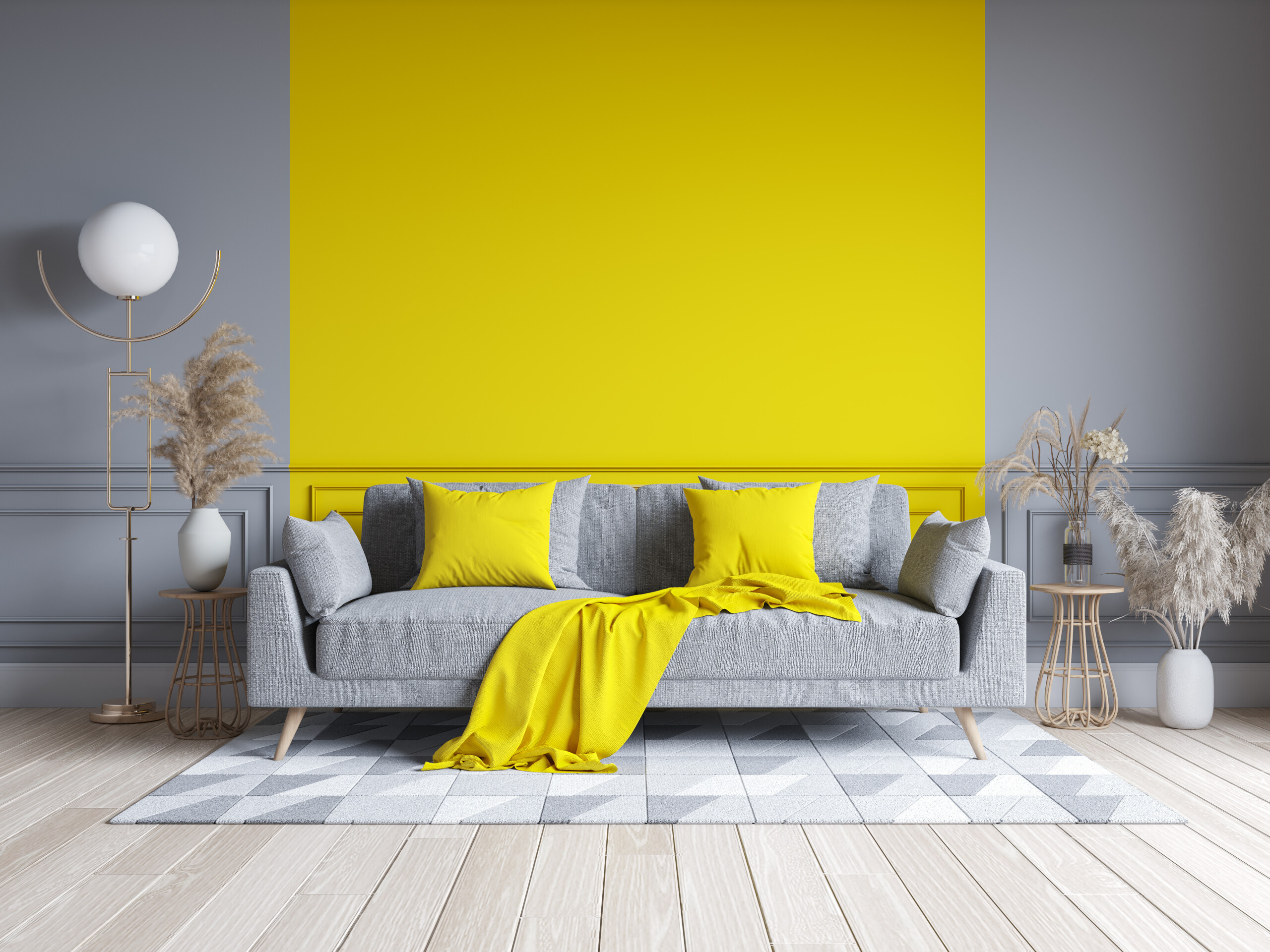
Color and Finish Selection
 When it comes to painting a living room, the first thing to consider is the color.
Bold and vibrant colors
can add personality and energy to the space, while
neutral colors
can create a calm and inviting atmosphere.
Lighter shades
can make a room feel more spacious, while
darker shades
can add depth and drama. It's important to choose a color that reflects your personal style and complements the rest of your home's design.
Once you have selected a color, it's time to consider the finish.
Matte finishes
are great for hiding imperfections on the walls, while
glossy finishes
can add a touch of elegance.
Satin finishes
are a popular choice for living rooms as they provide a subtle sheen and are easy to clean. Keep in mind that the finish you choose can also affect the way the color appears, so it's always a good idea to test a few samples on your walls before making a final decision.
When it comes to painting a living room, the first thing to consider is the color.
Bold and vibrant colors
can add personality and energy to the space, while
neutral colors
can create a calm and inviting atmosphere.
Lighter shades
can make a room feel more spacious, while
darker shades
can add depth and drama. It's important to choose a color that reflects your personal style and complements the rest of your home's design.
Once you have selected a color, it's time to consider the finish.
Matte finishes
are great for hiding imperfections on the walls, while
glossy finishes
can add a touch of elegance.
Satin finishes
are a popular choice for living rooms as they provide a subtle sheen and are easy to clean. Keep in mind that the finish you choose can also affect the way the color appears, so it's always a good idea to test a few samples on your walls before making a final decision.
Preparation is Key
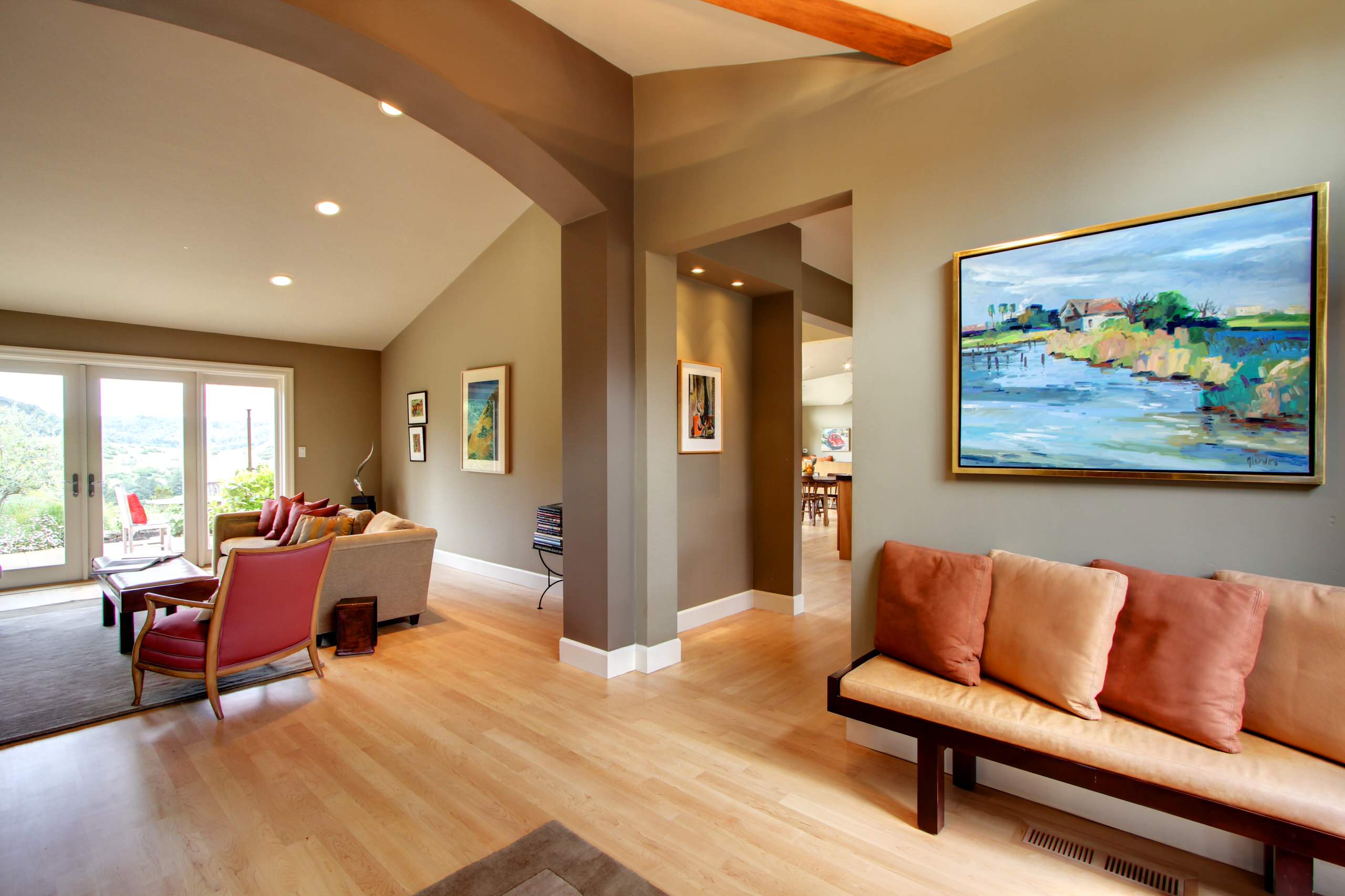 Before you start painting, it's important to properly prepare your living room. This includes
cleaning and priming the walls
to ensure the paint adheres properly. Use a mild detergent and water to wash away any dirt or grime, and patch up any holes or cracks with spackling paste. Once the walls are dry, apply a coat of primer to create a smooth and even surface for the paint.
Before you start painting, it's important to properly prepare your living room. This includes
cleaning and priming the walls
to ensure the paint adheres properly. Use a mild detergent and water to wash away any dirt or grime, and patch up any holes or cracks with spackling paste. Once the walls are dry, apply a coat of primer to create a smooth and even surface for the paint.
Tools and Techniques
 Having the right tools and knowing the proper techniques can make all the difference when painting a living room.
Rollers
are great for covering large areas quickly, while
brushes
are perfect for precision work around trim and corners. It's also important to
use the right type of paint
for your walls, whether it's latex or oil-based.
When applying the paint, start from the top of the wall and work your way down, using long, even strokes. For a professional finish, it's recommended to
apply two coats of paint
, allowing the first coat to dry completely before applying the second. Don't forget to protect your floors and furniture with drop cloths and remove any hardware or outlet covers before painting.
Having the right tools and knowing the proper techniques can make all the difference when painting a living room.
Rollers
are great for covering large areas quickly, while
brushes
are perfect for precision work around trim and corners. It's also important to
use the right type of paint
for your walls, whether it's latex or oil-based.
When applying the paint, start from the top of the wall and work your way down, using long, even strokes. For a professional finish, it's recommended to
apply two coats of paint
, allowing the first coat to dry completely before applying the second. Don't forget to protect your floors and furniture with drop cloths and remove any hardware or outlet covers before painting.
Final Touches
 Once the paint is dry, it's time for the final touches. This includes
touching up any missed spots
and removing any tape or protectors. You can also add a bit of personality to your living room by
adding an accent wall
with a different color or pattern. And don't forget to
clean your brushes and rollers
for future use.
Now that you have all the tips and techniques for painting your living room, it's time to get started and transform your space into a beautiful and welcoming area. Remember to take your time and enjoy the process. With the right color, finish, preparation, and tools, you'll have a professionally painted living room in no time. Happy painting!
Once the paint is dry, it's time for the final touches. This includes
touching up any missed spots
and removing any tape or protectors. You can also add a bit of personality to your living room by
adding an accent wall
with a different color or pattern. And don't forget to
clean your brushes and rollers
for future use.
Now that you have all the tips and techniques for painting your living room, it's time to get started and transform your space into a beautiful and welcoming area. Remember to take your time and enjoy the process. With the right color, finish, preparation, and tools, you'll have a professionally painted living room in no time. Happy painting!



/acrylic-painting-tips-for-beginners-2578746_FINAL1-db49ec52ac9f443db880ea31b4cae6e9.png)

















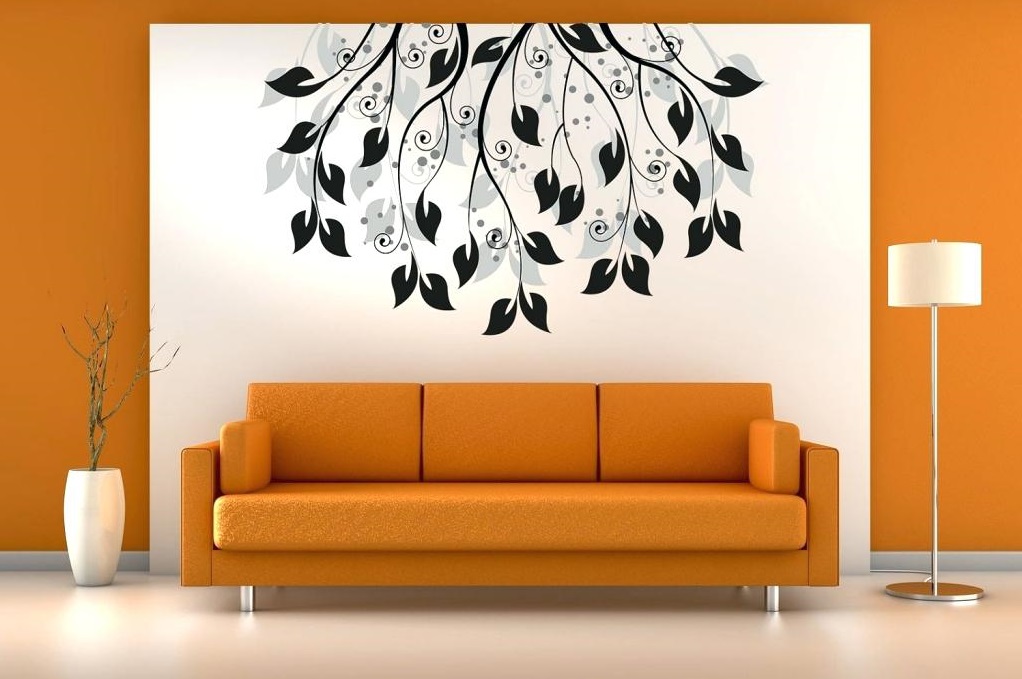



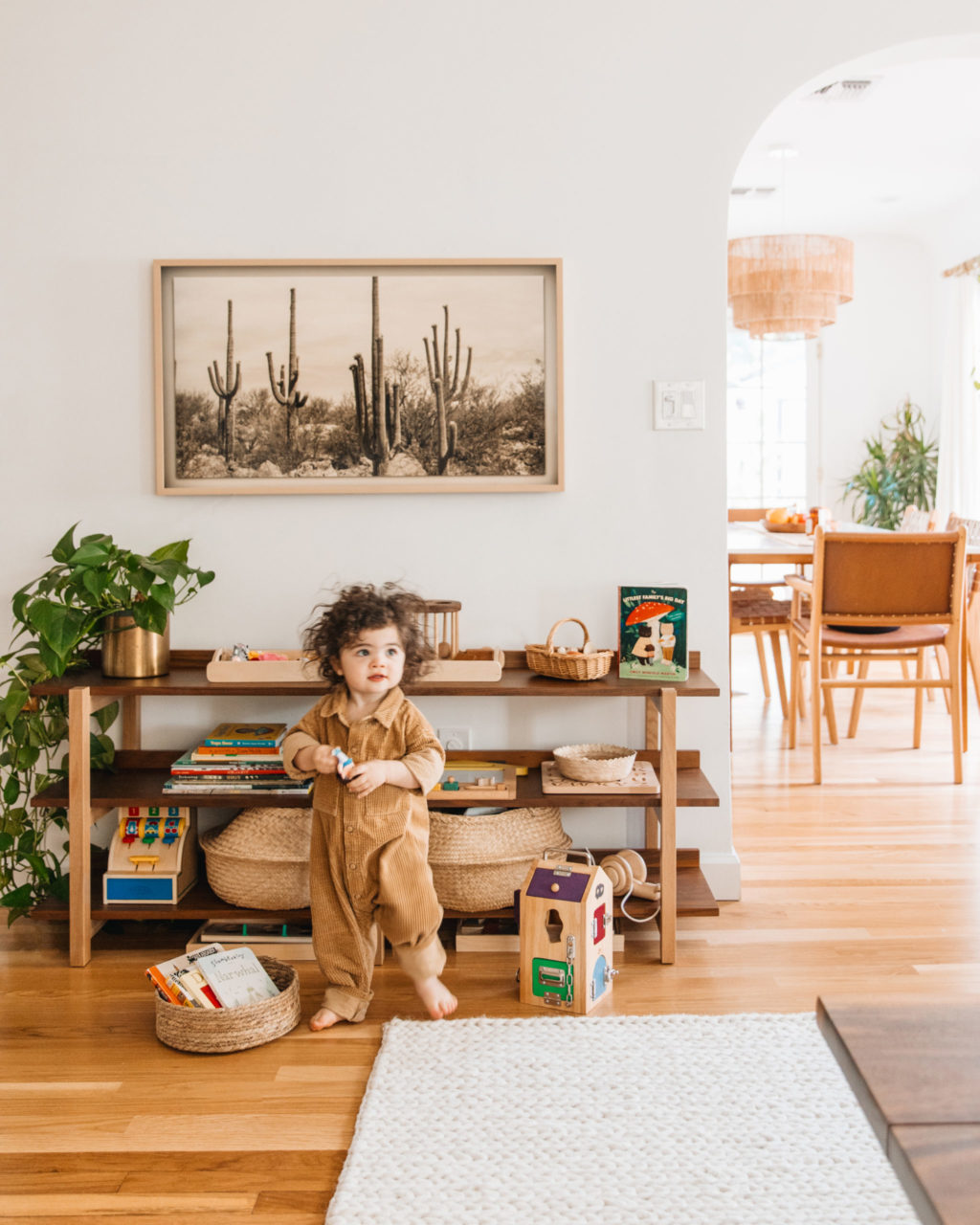





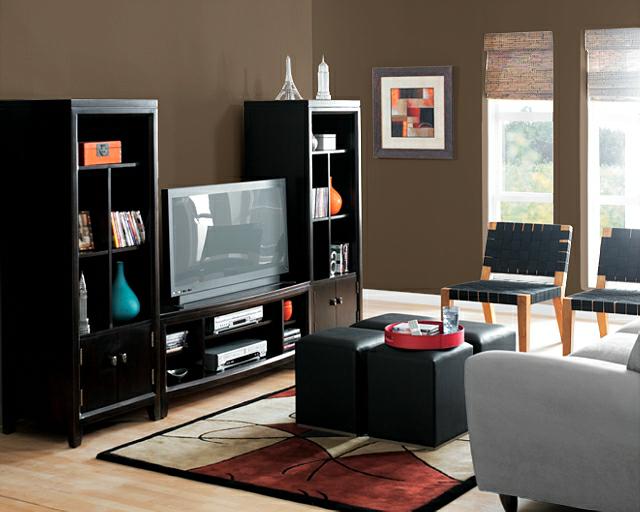


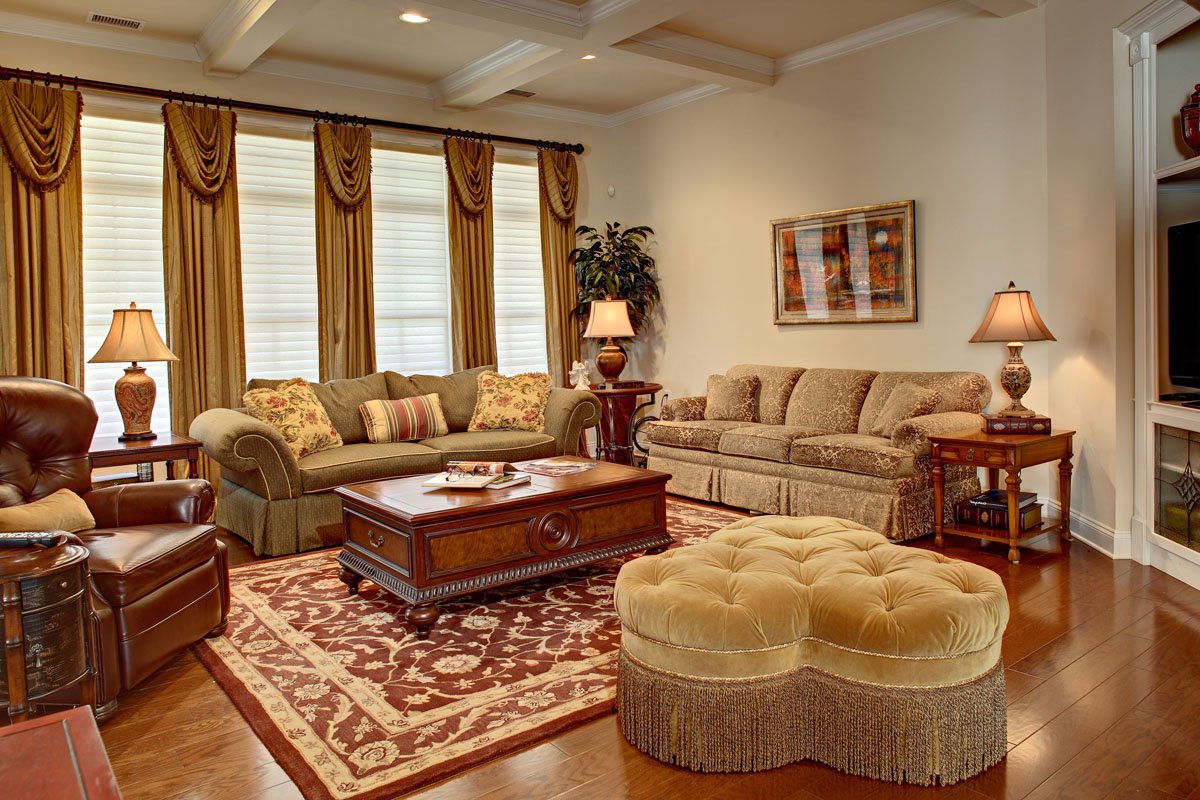
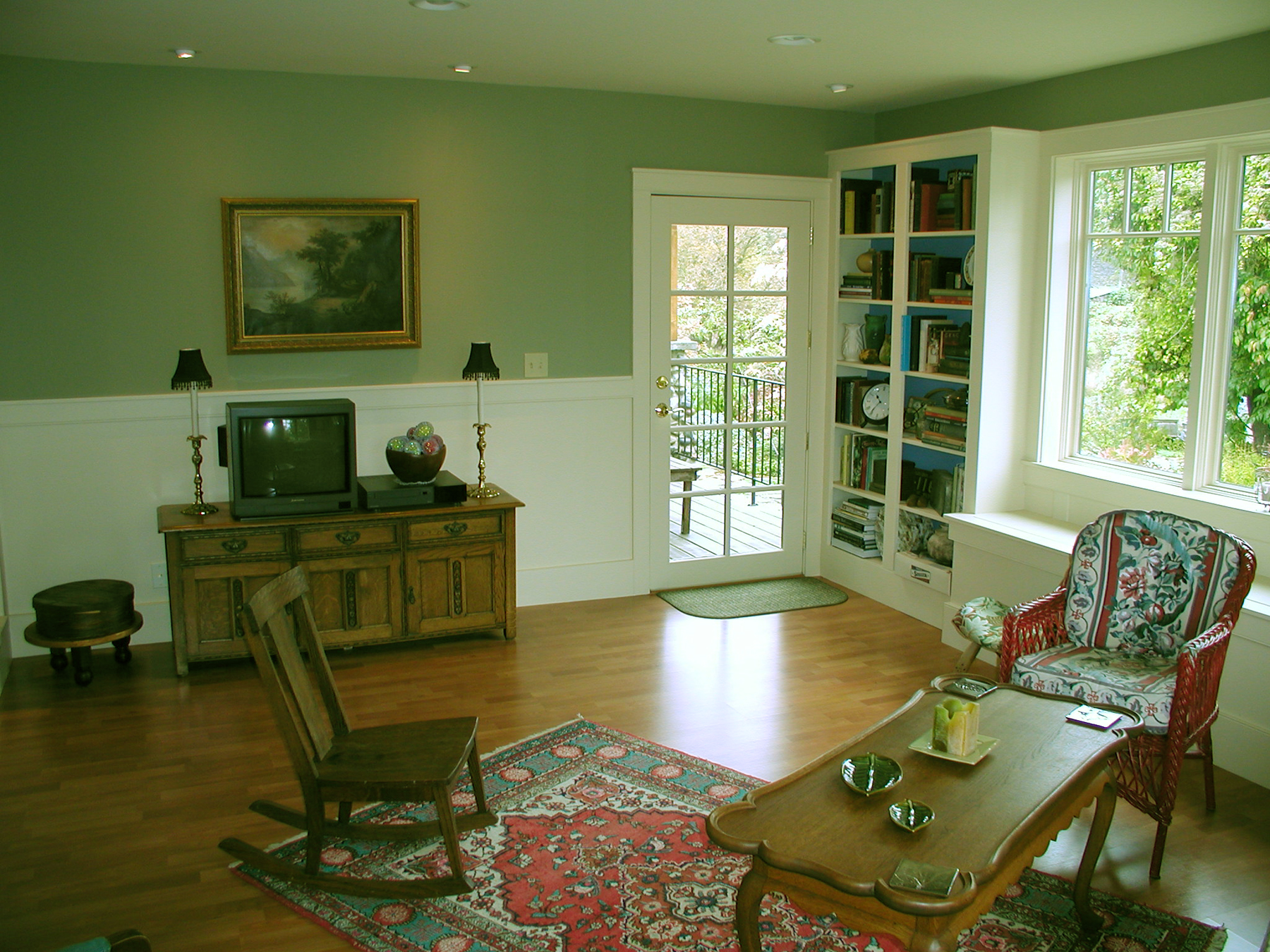

.jpg)









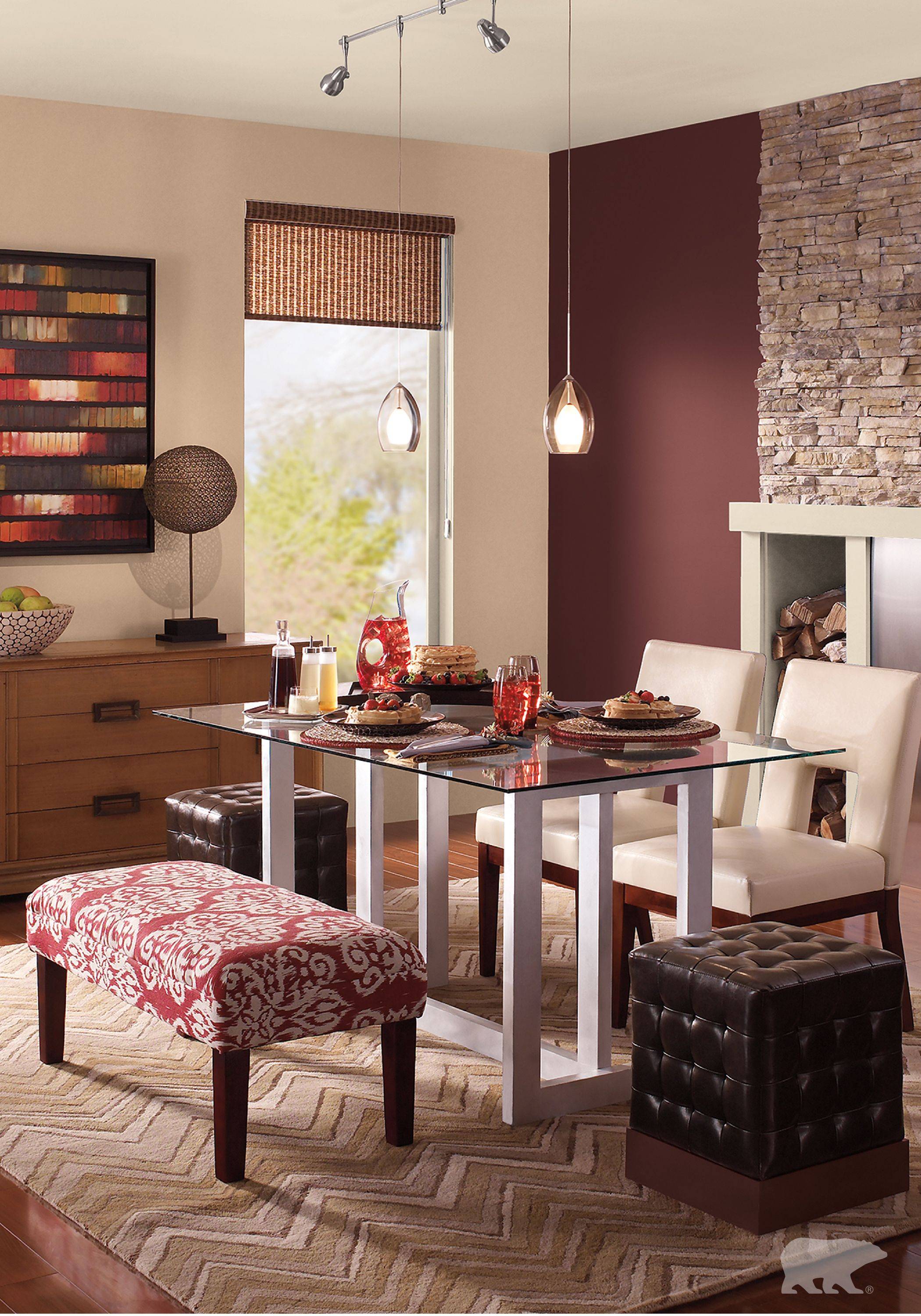


/GettyImages-9261821821-5c69c1b7c9e77c0001675a49.jpg)










/169789002-58a723d63df78c345b930ec6.jpg)

/Neutrallivingroom-GettyImages-568518365-5a6260a87d4be80036ac6b0c.jpg)
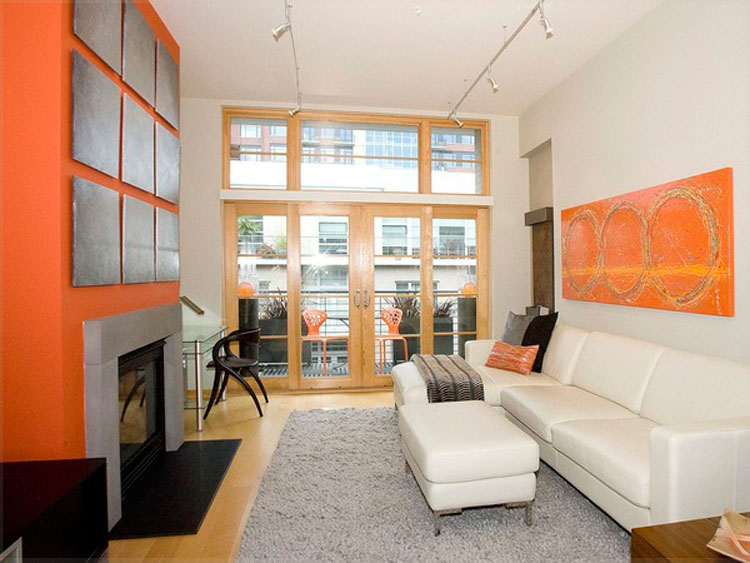
:max_bytes(150000):strip_icc()/Litchfield_BeresfordHill_025-5b89787fc9e77c00258aa53c.jpg)












